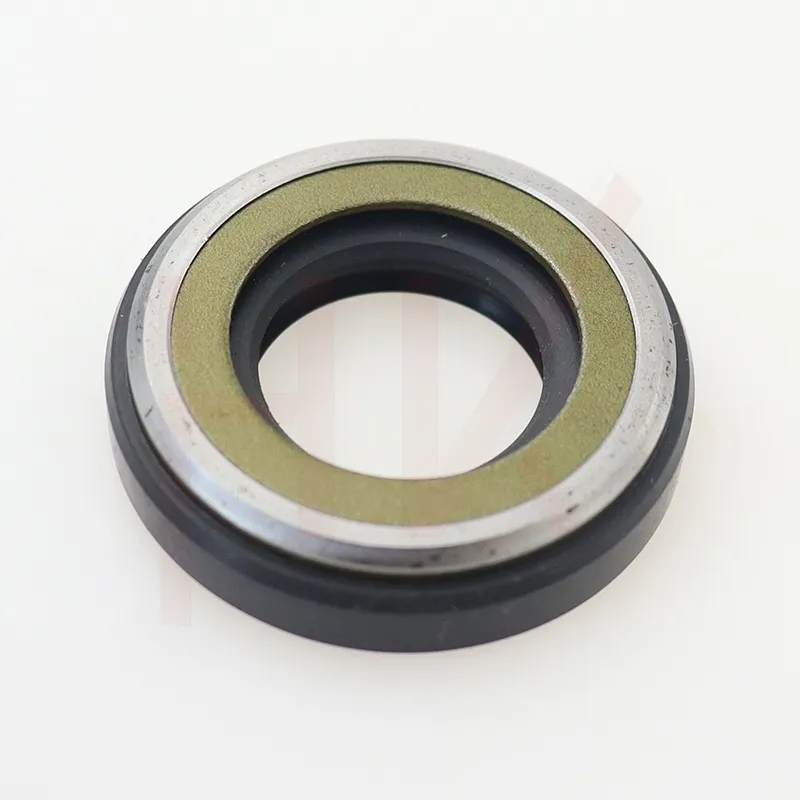Sep . 06, 2024 23:31 Back to list
High-Quality Wiper Seals for Hydraulic Cylinders
Understanding Wiper Seals in Hydraulic Cylinders
Hydraulic cylinders are crucial components in various industrial applications, providing the necessary force to perform tasks ranging from heavy lifting to precise movements. Among the critical components of a hydraulic cylinder is the wiper seal, an often-overlooked yet essential part that plays a significant role in maintaining the overall efficiency and longevity of the hydraulic system.
What is a Wiper Seal?
A wiper seal, sometimes referred to as a dust seal, is designed to prevent external contaminants, such as dust, dirt, and moisture, from entering the cylinder. It is usually positioned at the outer end of the hydraulic cylinder, facing the environment. The primary function of the wiper seal is to protect the hydraulic fluid from contamination, which could otherwise lead to significantly decreased performance and potential damage to the cylinder.
How Wiper Seals Work
The wiper seal operates through a simple yet effective mechanism. As the cylinder rod extends and retracts, the wiper seal scrapes along its surface, removing any debris that has accumulated. This action is crucial because even small particles can cause wear and tear on the cylinder's internal components. By keeping the cylinder clean, wiper seals help maintain the integrity of the hydraulic fluid and reduce maintenance costs over time.
Types of Wiper Seals
wiper seal hydraulic cylinder

Wiper seals come in various designs and materials, each catering to different operational environments and requirements. Common materials include rubber, polyurethane, and thermoplastic elastomers. The choice of material affects the seal's durability, temperature resistance, and compatibility with various hydraulic fluids.
For example, polyurethane wipers are often preferred for their excellent wear resistance and ability to handle high pressures and temperatures, making them suitable for heavy-duty applications. On the other hand, rubber wipers are common in less demanding environments due to their cost-effectiveness and adequate performance.
Importance of Proper Installation
Proper installation of wiper seals is critical for their effective performance. An incorrectly installed or damaged wiper seal can lead to leakage or allow contaminants to enter the cylinder, which defeats its purpose. Therefore, it is essential to follow manufacturer guidelines during installation and regularly inspect the seals for signs of wear or damage. Routine maintenance checks can save significant costs in the long run by preventing potential hydraulic failures.
Conclusion
In summary, the wiper seal is a vital component of a hydraulic cylinder that contributes significantly to the system's overall reliability and performance. By preventing contamination, wiper seals help extend the lifespan of hydraulic cylinders, enhance operational efficiency, and reduce maintenance costs. As industries continue to evolve, the importance of these seals remains steadfast, making it essential for engineers and technicians to understand their functionality and significance in hydraulic systems. Whether you are involved in construction, manufacturing, or any sector that relies on hydraulic systems, paying attention to the health of your wiper seals can lead to substantial benefits in terms of performance and longevity.
-
Wiper Oil Seal: Our Commitment to Clean Hydraulics
NewsAug.13,2025
-
Hydraulic Oil Seal for Self Discharging Cars
NewsAug.13,2025
-
Hub Oil Seal for Agricultural Tractor Hubs
NewsAug.13,2025
-
Skeleton Oil Seal with NBR Material
NewsAug.13,2025
-
Rotary Lip Seal for High Pressure Applications
NewsAug.13,2025
-
Cylinder Seal Kits Our Legacy of Hydraulic Trust
NewsAug.13,2025
-
Unlocking the Potential of Hydraulic Systems with Essential Sealing Solutions
NewsAug.06,2025
Products categories
















